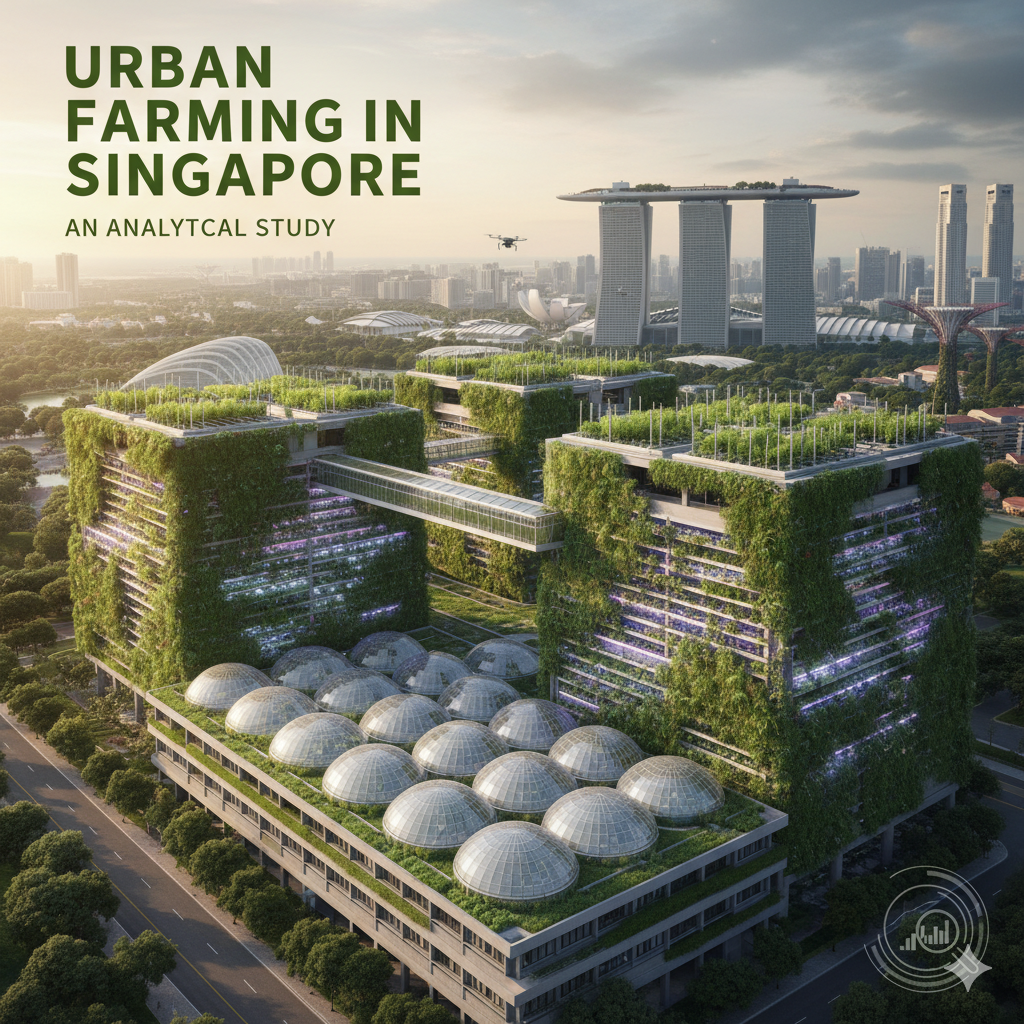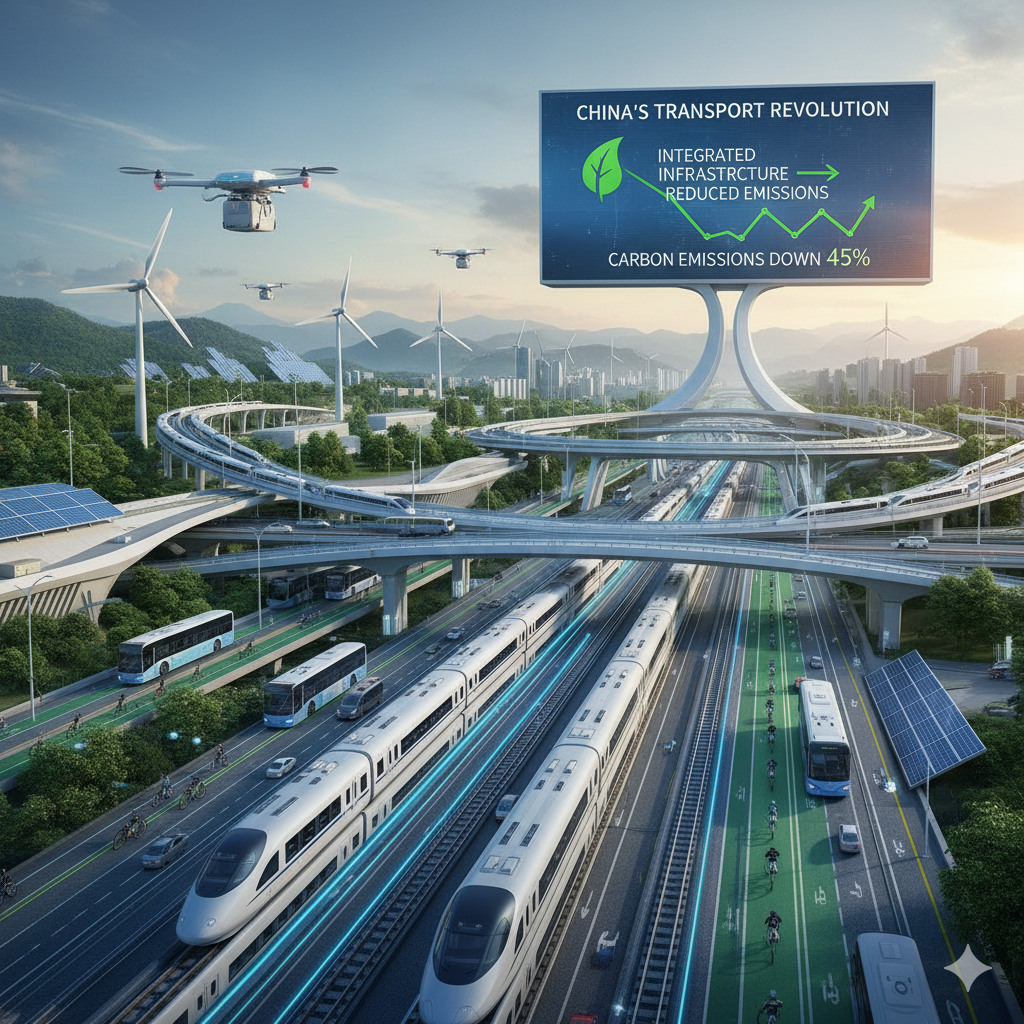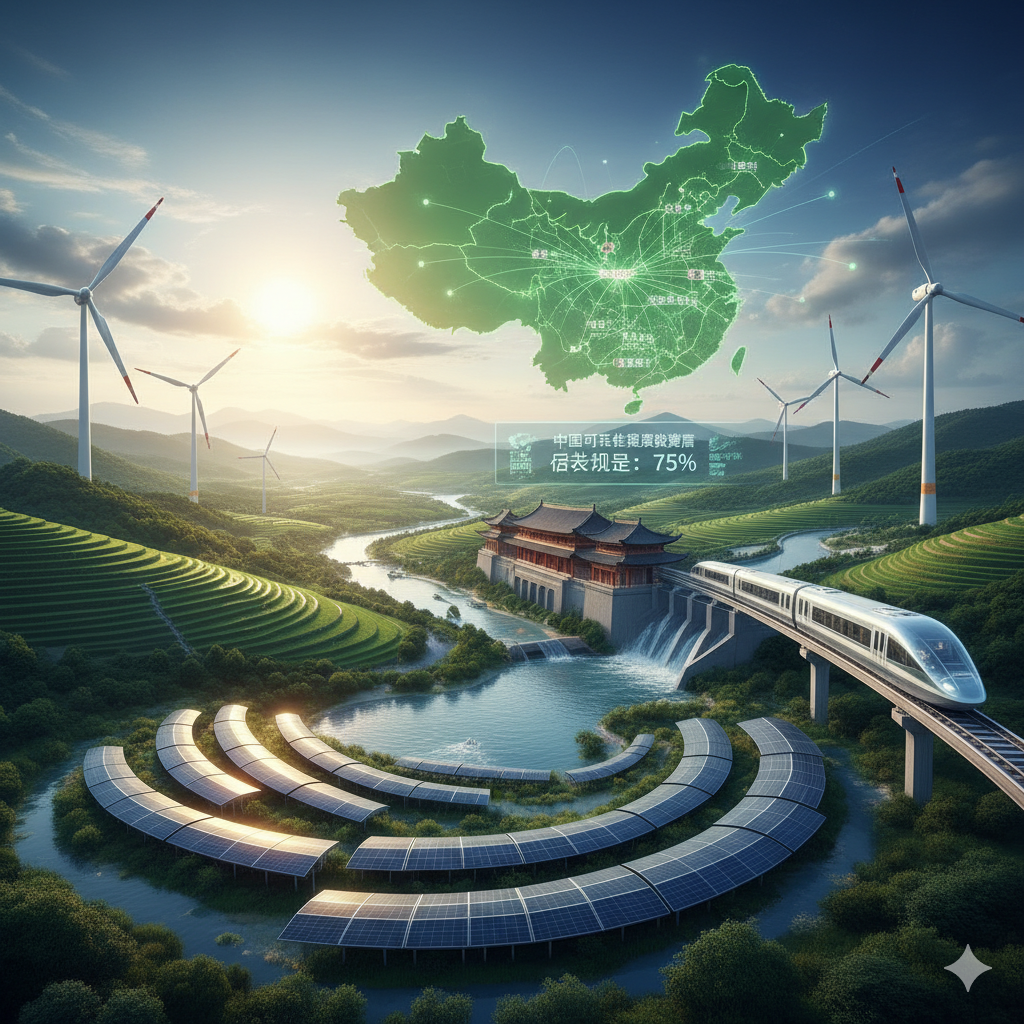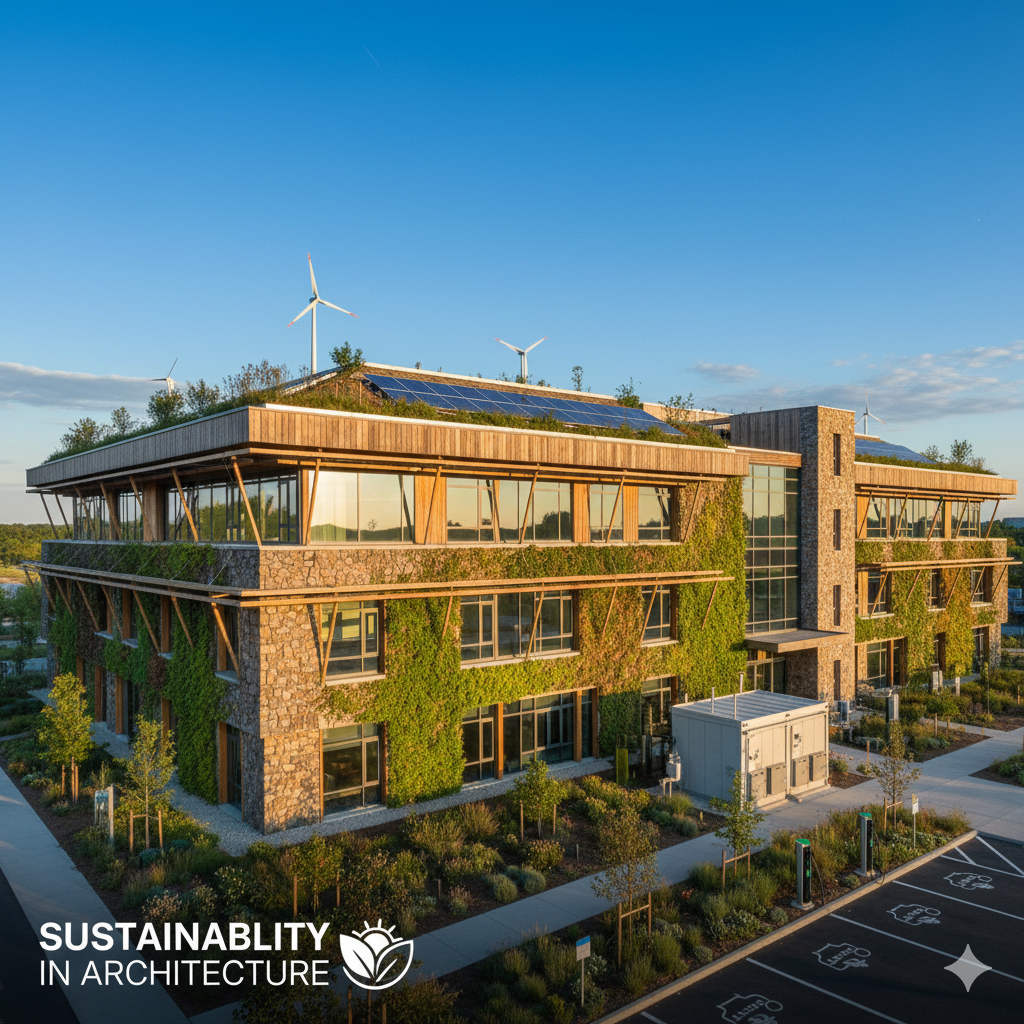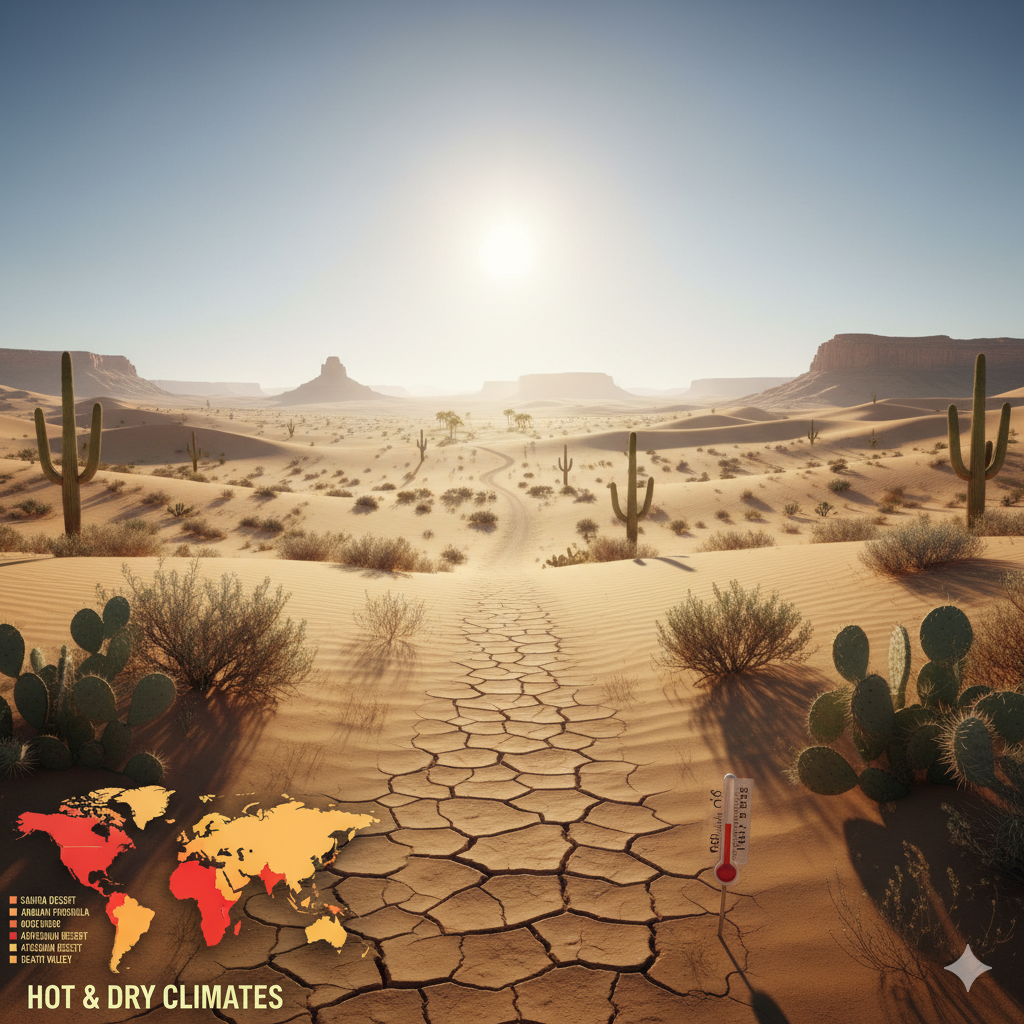What is Circular Economy & Why It’s the Future?
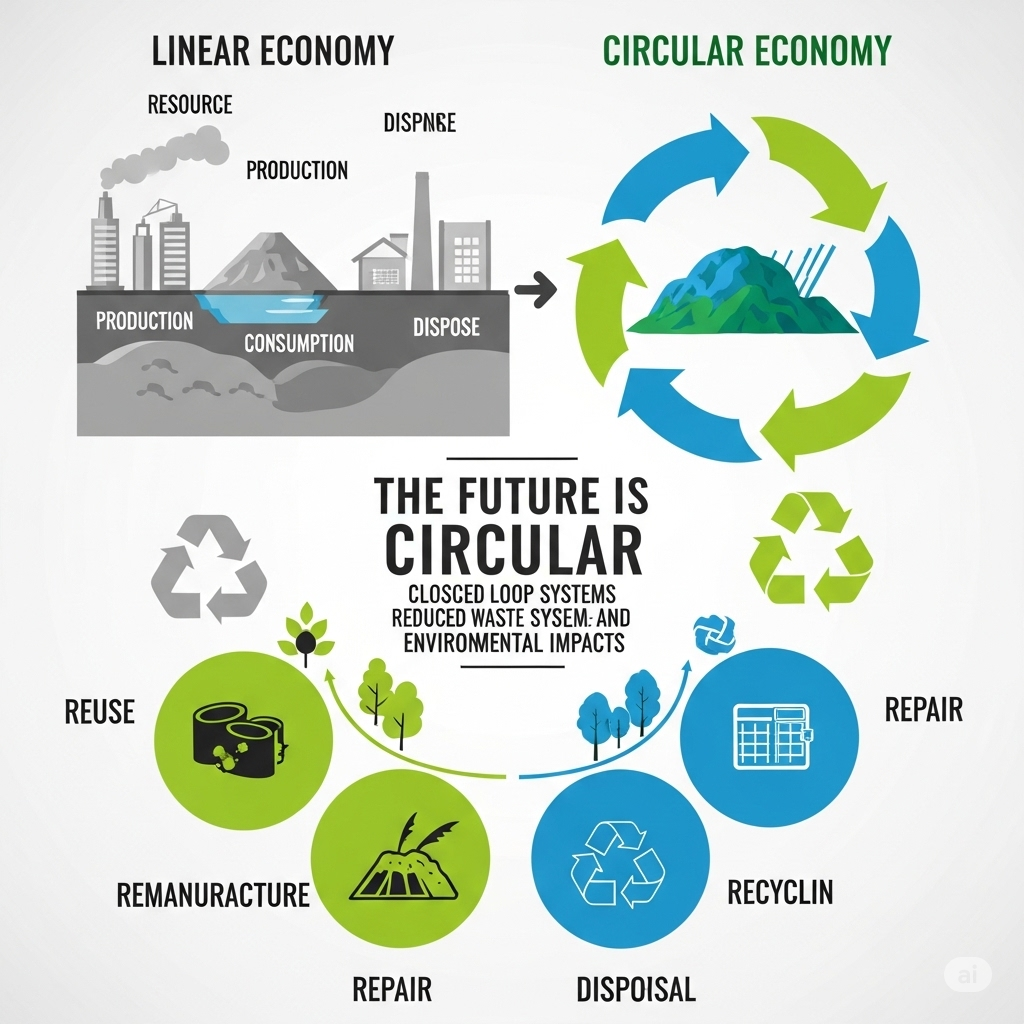
Beyond Recycling: Your Essential Guide to the Circular Economy & Why It’s the Future
Our planet is groaning under the weight of a “take-make-dispose” system. We extract finite resources, turn them into products often designed for obsolescence, use them briefly, and then discard them, creating mountains of waste and pollution. This is the linear economy, and it’s fundamentally unsustainable. Enter the Circular Economy (CE) – a transformative model gaining global traction as the essential pathway to a resilient, regenerative, and prosperous future. This isn’t just about better recycling; it’s about rethinking everything.
What is the Circular Economy? Redefining Growth
At its core, the Circular Economy is an economic system aimed at eliminating waste and pollution, circulating products and materials at their highest value for as long as possible, and regenerating natural systems. It decouples economic activity from the consumption of finite resources. Think of it as a closed-loop system inspired by nature, where there is no “end of life” – waste becomes food for a new cycle.
Key Principles (The Pillars of Circularity):
-
Design Out Waste and Pollution: Rethink products and processes from the start. This means:
-
Using non-toxic, safe, and circular materials.
-
Designing for durability, repairability, and upgradability (e.g., modular smartphones like Fairphone).
-
Minimizing material use and avoiding unnecessary packaging.
-
Learn more about circular design from the Ellen MacArthur Foundation, the leading CE thought leader.
-
-
Keep Products and Materials in Use: Maximize the utility of everything we make. Strategies include:
-
Longer Lifespan: Creating durable, repairable goods (supported by “Right to Repair” laws – see iFixit).
-
Sharing & Reuse: Platforms enabling product sharing (e.g., Peerby for borrowing tools) or refurbished goods marketplaces (e.g., Back Market).
-
Remanufacturing & Refurbishing: Restoring products to “like-new” condition (Caterpillar Reman is a pioneer).
-
Recycling (as a last resort): Capturing materials after other loops are exhausted, aiming for high-quality recycling. Explore WRAP’s work on material flows.
-
-
Regenerate Natural Systems: Shift from depletion to restoration. This involves:
-
Using renewable energy sources to power the circular system.
-
Practicing regenerative agriculture that rebuilds soil health (see Kiss the Ground).
-
Returning biological materials safely to the earth (composting).
-
Using sustainable biomaterials where appropriate. The Cradle to Cradle Products Innovation Institute sets standards for safe materials.
-
Why the Urgency? The Failings of the Linear Model
-
Resource Depletion: We’re consuming resources 1.7 times faster than the planet can regenerate them (Global Footprint Network). Critical minerals are becoming scarce.
-
Mounting Waste: Global waste generation is skyrocketing, overwhelming landfills and polluting oceans (especially plastic – see The Ocean Cleanup). E-waste is the fastest-growing waste stream (Global E-waste Monitor).
-
Pollution & Climate Change: Resource extraction, manufacturing, and waste disposal are major contributors to greenhouse gas emissions, biodiversity loss, and pollution (air, water, soil).
-
Economic Vulnerability: Businesses face volatile resource prices and supply chain disruptions. Linear models create significant value loss.
The Massive Benefits of Going Circular
-
Environmental Wins:
-
Reduced Resource Extraction & Pressure: Preserves finite resources and protects ecosystems.
-
Lower Greenhouse Gas Emissions: Studies show a circular economy could reduce EU industrial emissions by over 50% by 2050 (Material Economics).
-
Less Pollution & Waste: Minimizes landfill, incineration, and environmental contamination.
-
Biodiversity Protection: Reduces habitat destruction from mining and logging.
-
-
Economic Opportunities:
-
Cost Savings for Businesses: Reduced material costs, waste disposal fees, and energy use. Efficiency gains.
-
New Revenue Streams: Servitization (leasing, pay-per-use), remanufacturing, repair services, sharing platforms. The circular economy represents a $4.5 trillion opportunity globally.
-
Innovation & Job Creation: Demand for new designs, technologies, logistics (reverse logistics!), repair skills, and material science. Jobs are often local and less prone to automation.
-
Increased Resilience: Less dependence on volatile raw material markets and fragile global supply chains.
-
-
Consumer & Societal Advantages:
-
Potential Cost Savings: Access to affordable refurbished goods or services instead of ownership.
-
Better Products: Longer-lasting, repairable goods designed with user needs in mind.
-
Convenience: Access over ownership can be simpler (e.g., car-sharing).
-
Healthier Environment: Cleaner air, water, and soil benefit public health.
-
Circular Economy in Action: Real-World Examples
-
Product as a Service (PaaS): Instead of selling light bulbs, Philips sells “light as a service” to businesses, maintaining ownership and responsibility for performance and material recovery.
-
Take-Back & Recycling: Patagonia’s Worn Wear program repairs, recycles, and resells used clothing. Dell offers extensive computer recycling.
-
Refill Systems: Companies like Loop partner with brands (Tide, Häagen-Dazs) to offer products in durable, reusable containers delivered and collected via a circular delivery system.
-
Industrial Symbiosis: In Kalundborg, Denmark, waste from one company (steam, fly ash, wastewater) becomes a resource for another, creating a closed-loop industrial ecosystem (Kalundborg Symbiosis).
-
Circular Design: IKEA aims to use only renewable or recycled materials by 2030 and designs products for disassembly and recycling.
-
Circular Cities: Cities like Amsterdam and Glasgow are implementing circular strategies for construction, food systems, and textiles.
Key Enablers & Levers for Transition
-
Policy & Regulation:
-
Extended Producer Responsibility (EPR): Makes producers financially responsible for collecting and recycling products at end-of-life (e.g., packaging, electronics). See the OECD on EPR.
-
Eco-design Mandates: Setting standards for durability, repairability, and recyclability (e.g., EU Ecodesign Directive).
-
Tax Shifts: Taxing resource extraction/virgin materials and incentivizing circular activities (recycled content, repair).
-
Public Procurement: Governments using their purchasing power to drive demand for circular goods and services. Explore the EU Green Public Procurement criteria.
-
-
Innovation & Technology:
-
Digital Technologies: IoT for tracking products/materials, AI for optimizing logistics & material matching, blockchain for traceability. Platforms like Circulor enable this.
-
Advanced Recycling: Chemical recycling to handle complex plastics, improving material recovery rates.
-
Material Science: Developing new, safe, and easily recyclable or biodegradable materials. Biomimicry Institute offers inspiration.
-
-
Business Model Innovation: Moving beyond selling products to selling services, performance, and access.
-
Collaboration: Success requires unprecedented collaboration across value chains – competitors, suppliers, customers, waste managers, governments. Initiatives like CE100 foster this.
-
Finance: Redirecting investment towards circular infrastructure, startups, and business model shifts. The Circular Economy Finance Support Platform helps.
Challenges on the Path to Circularity
-
Upfront Costs: Transitioning business models and infrastructure requires investment.
-
Complexity of Value Chains: Globalized, multi-tiered chains make tracking and recovering materials difficult.
-
Consumer Mindset: Overcoming the ingrained culture of disposability and ownership. Education is key.
-
Policy Fragmentation: Lack of consistent, harmonized regulations globally.
-
Infrastructure Gaps: Need for widespread collection, sorting, repair, and remanufacturing facilities.
How You Can Engage with the Circular Economy
-
Consume Differently:
-
Choose Durability & Repairability: Buy well-made products designed to last. Check repairability scores.
-
Embrace Second-Hand: Shop at thrift stores, refurbished retailers, and online marketplaces.
-
Rent, Borrow, Share: Use libraries, tool libraries, car-sharing, clothing rental.
-
Support Circular Brands: Research companies actively implementing CE principles.
-
-
Maintain & Repair: Fix items instead of replacing them. Learn basic skills or use local repair shops.
-
Recycle Right: Follow local guidelines meticulously to avoid contamination.
-
Compost: Turn food scraps and yard waste into nutrient-rich soil.
-
Reduce Waste: Refuse single-use items, choose products with less packaging, avoid impulse buys.
-
Advocate: Support policies promoting circularity and businesses leading the change.
Key Resources for Deeper Learning
-
Ellen MacArthur Foundation: The leading global CE organization, with extensive reports, case studies, and educational resources.
-
World Economic Forum – Circular Economy: Insights, reports, and initiatives from the global business community.
-
European Commission – Circular Economy Action Plan: Policy framework and progress tracking for the EU.
-
Circle Economy: Provides practical insights, tools (like the Circularity Gap Report), and programs.
-
WRAP (Waste and Resources Action Programme): UK-based NGO driving practical CE solutions globally, especially in food, textiles, and plastics.
-
The Platform for Accelerating the Circular Economy (PACE): A global public-private collaboration platform hosted by the World Resources Institute.
-
McKinsey & Company – Circular Economy Insights: Business-focused analysis and case studies.
Conclusion: The Circular Imperative
The Circular Economy is not a niche concept or a distant utopia; it’s an essential and urgent transformation of our global economic system. It offers a concrete pathway to address the intertwined crises of climate change, biodiversity loss, pollution, and resource scarcity while unlocking significant economic opportunities and building greater resilience.
Moving beyond recycling alone, it demands systemic innovation – rethinking how we design products, deliver services, consume resources, and value materials. From policymakers setting enabling frameworks, businesses innovating models, investors backing the transition, to consumers making conscious choices, everyone has a role.
The shift is underway, fueled by pioneers demonstrating that circularity works – environmentally and economically. By embracing the principles of designing out waste, keeping materials in use, and regenerating nature, we can build an economy that works for the long term, within the safe limits of our planet. It’s time to close the loop and build a thriving, circular future.


